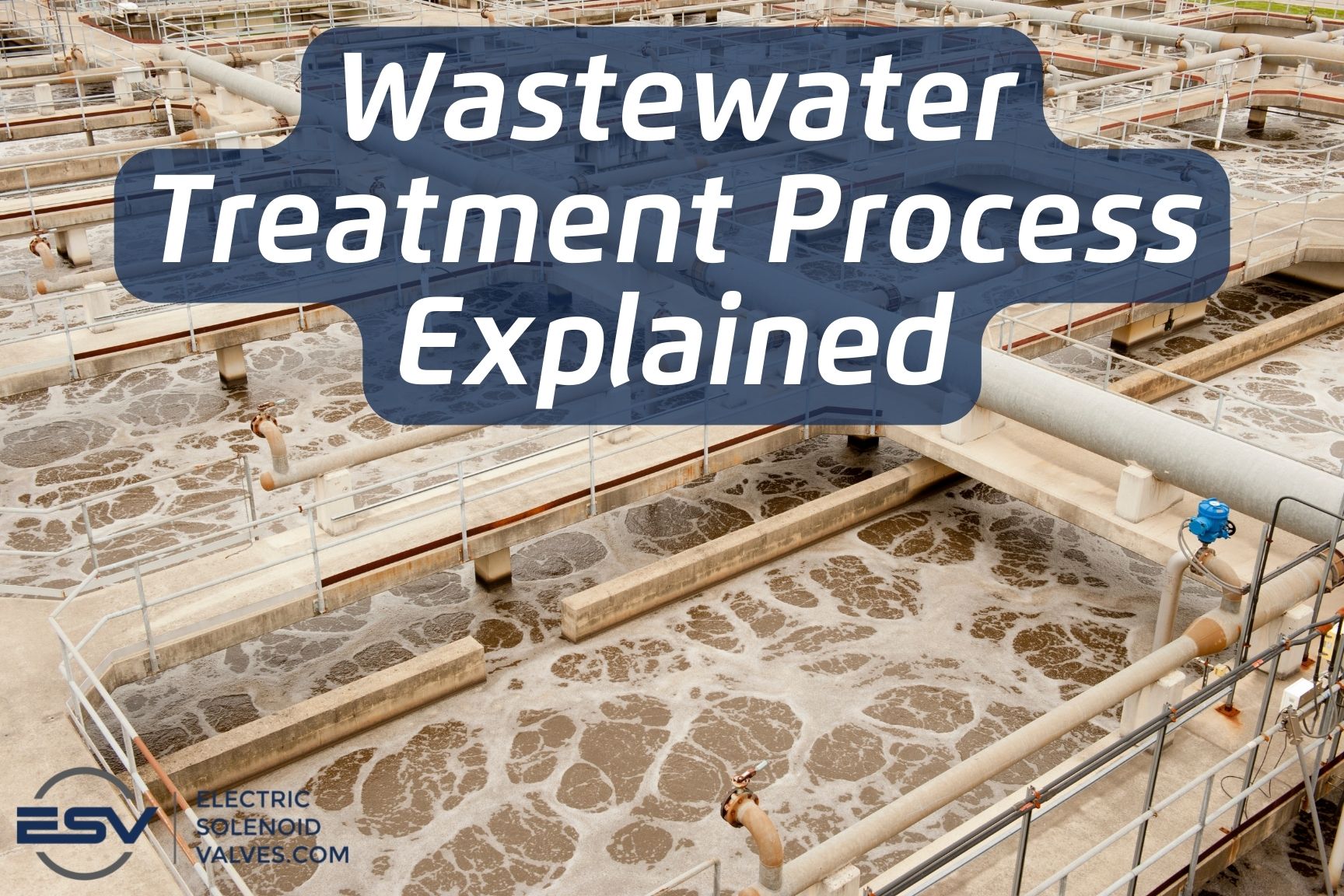Checking out the Function of Biotechnology in Waste Water Treatment
Checking out the Function of Biotechnology in Waste Water Treatment
Blog Article
Strategic Approaches to Improve Drainage Therapy Efficiency and Lessen Ecological Impact
In the world of drainage therapy, the mission for boosted effectiveness and minimized ecological effect is a continuous obstacle that demands strategic options. As society grapples with the essential to handle water sources sustainably, a nuanced method becomes essential. The combination of innovative therapy technologies, energy-efficient procedures, source recuperation techniques, improved nutrient elimination strategies, and smart monitoring and control systems represents a complex framework for dealing with these pushing worries. However, what exists at the core of this facility internet of strategies is the potential to reinvent the method we come close to waste water therapy, not just as a process of disposal, but as a valuable possibility for technology and ecological stewardship.
Advanced Therapy Technologies
Sophisticated membrane layer filtration systems have revolutionized advanced wastewater treatment processes, considerably enhancing the removal of pollutants. This innovation has shown to be highly efficient in removing a wide range of contaminants, including drugs, hefty steels, and natural compounds, which are typically challenging to eliminate through traditional treatment approaches.
Additionally, membrane layer purification systems supply countless advantages over conventional therapy techniques. They need less space, generate higher-quality effluent, and are a lot more resistant to fluctuations in influent water quality. In addition, these systems are extremely flexible and can be easily incorporated into existing therapy plants or used as standalone devices for decentralized applications. As the demand for clean water remains to climb, the fostering of sophisticated membrane layer filtering innovations is vital to guarantee efficient and sustainable wastewater treatment methods.
Energy-Efficient Procedures
The combination of energy-efficient procedures in wastewater therapy systems is critical for optimizing resource use and lowering operational costs. One essential technique to improving power performance in wastewater treatment is the use of innovative oygenation systems, such as great bubble diffusers or surface area aerators, which can boost oxygen transfer performance and reduce energy consumption.
Additionally, enhancing process control and automation with the use of innovative sensors and monitoring systems can improve total power performance by readjusting procedures in real-time based upon real demand and conditions. Executing energy audits and frequently keeping an eye on energy performance indicators are important methods to determine areas for improvement and track energy-saving initiatives effectively. On the whole, the fostering of energy-efficient processes in wastewater treatment not only profits the atmosphere however also adds to lasting expense savings and functional sustainability.
Source Healing Techniques
With a focus on maximizing resource utilization and sustainability in wastewater therapy systems, the application of resource recovery approaches arises as an essential aspect in boosting functional efficiency. Source healing strategies in wastewater therapy include the recognition and extraction of valuable sources from the waste stream, thus transforming what was when considered waste right into an important asset. By carrying out resource recuperation techniques such as nutrient elimination and recovery, power generation from organic issue, and the production of recyclable water, wastewater therapy plants can reduce ecological impact while taking full advantage of efficiency.

Boosted Nutrient Removal Techniques
Applying sophisticated nutrient elimination methods is essential for maximizing the efficiency of wastewater therapy systems. One of the key strategies used for improved nutrient removal is the process of organic nutrient removal (BNR), which entails the removal of nitrogen and phosphorus via biological processes.

In enhancement to BNR, progressed therapy techniques such as membrane layer bioreactors (MBRs) and built wetlands can likewise be utilized to enhance nutrient removal efficiency. By incorporating these advanced nutrient elimination strategies right into wastewater therapy industries, municipalities and systems can successfully decrease nutrient pollution and protect the setting.
Smart Surveillance and Control Solution
Utilizing cutting-edge technology, the assimilation of wise tracking and control systems revolutionizes the functional effectiveness of wastewater treatment centers. These systems integrate advanced sensing units and data analytics to continually keep an eye on essential criteria such original site as pH levels, turbidity, liquified oxygen, and circulation rates in real-time. By accumulating and examining this data, drivers can gain beneficial understandings into the efficiency of the treatment procedures, allowing proactive changes to enhance therapy effectiveness.
Smart tracking and control systems also sustain remote tracking capacities, enabling operators to access real-time information and control functions from off-site places. This remote accessibility improves functional versatility and responsiveness, making it possible for quick treatments in case of system malfunctions or variations in influent quality. In addition, the predictive maintenance capabilities of these systems aid protect against devices failings and minimize downtime, eventually boosting the overall dependability of wastewater therapy procedures (Waste Water Treatment).
Conclusion
Finally, calculated strategies such as advanced treatment innovations, energy-efficient procedures, source recuperation strategies, enhanced nutrient removal techniques, and wise tracking and control systems play a crucial role in improving wastewater therapy effectiveness and lessening ecological influence. By implementing these techniques, wastewater treatment plants can improve their overall performance, decrease energy consumption, recuperate useful sources, and make sure conformity with ecological guidelines. These techniques are necessary for lasting and reliable wastewater administration methods.

In verdict, tactical strategies such as advanced therapy technologies, energy-efficient procedures, source recovery methods, enhanced nutrient removal methods, and smart tracking and control systems read play a crucial function in boosting wastewater therapy efficiency and lessening ecological impact.
Report this page